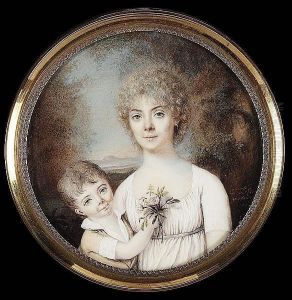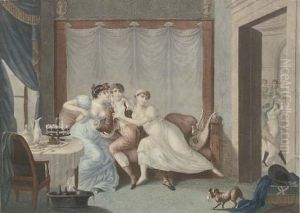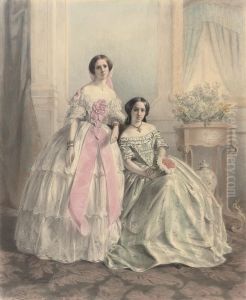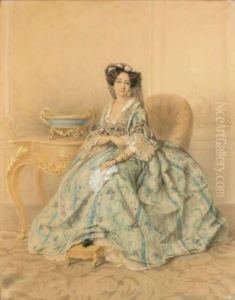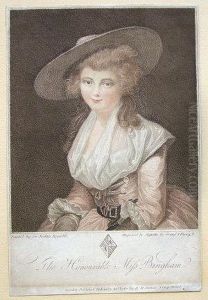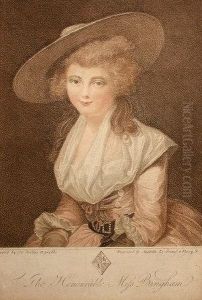Auguste Claude Legrand Paintings
Auguste Claude Legrand was a French artist primarily known for his work as an engraver. Born in 1765, Legrand lived through a period of profound political and social change in France, which was marked by the French Revolution and the Napoleonic Wars. Despite the tumultuous times, Legrand managed to cultivate a career in art, contributing to the rich tapestry of French artistic production during the late 18th and early 19th centuries.
Legrand's engravings often depicted historical and mythological scenes, as well as portraits. His style was characterized by fine detail and a classical sense of composition, reflecting the artistic trends of his time. He became skilled in the use of both line engraving and etching, techniques that allowed for a great range of tone and texture in his prints.
During his lifetime, Legrand experienced the transition from the Ancien Régime through the Revolution and into the era of Napoleon Bonaparte. These events influenced the art world in France, as artists and their patrons navigated the changing political landscape. Legrand's work, like that of many of his contemporaries, was influenced by the shifts in power and the evolving tastes of the period.
Auguste Claude Legrand passed away in 1815, the same year as the Battle of Waterloo and the end of the Napoleonic Wars. Although not as widely remembered as some of his contemporaries, Legrand's contributions to the field of engraving continue to be appreciated by collectors and historians for their technical skill and historical value. His engravings remain as a testament to the artistic endeavors that thrived despite the chaos of his times.
